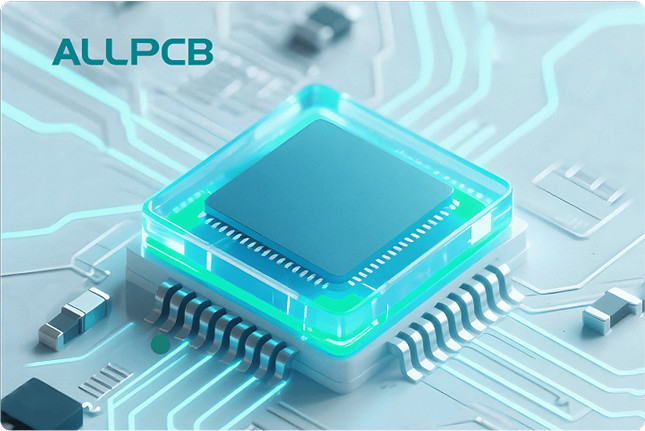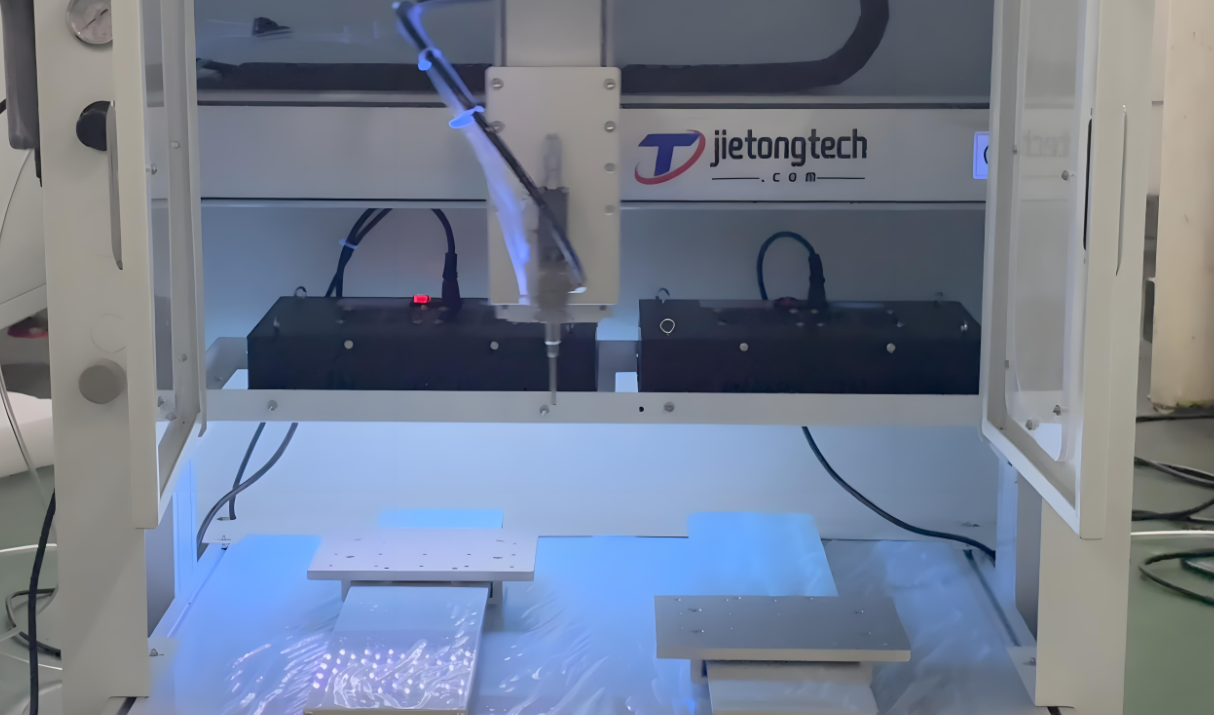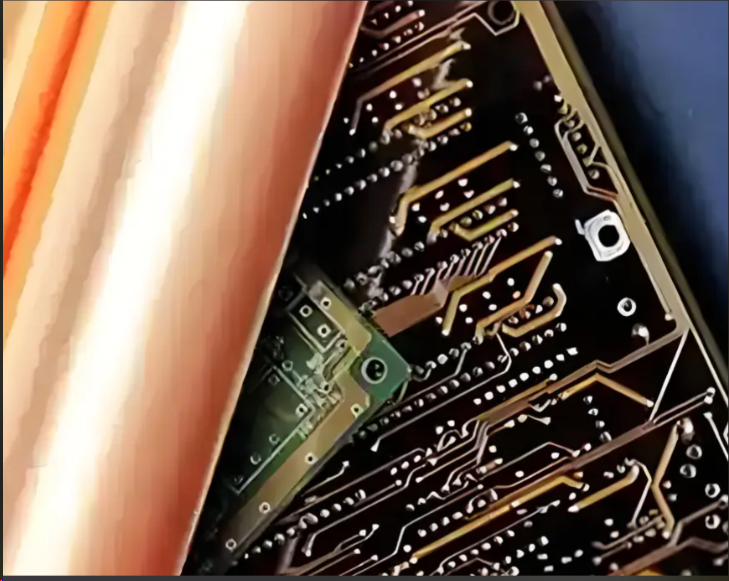If you're an engineer working on power electronics, you know that effective thermal management is critical to ensuring device reliability and performance. One key component in this process is the Thermal Interface Material (TIM). But how do you choose the right TIM for your high-power cooling solutions? In this guide, we'll dive deep into power electronics thermal management, offering a comprehensive TIM selection guide to help you optimize cooling for power semiconductors like IGBTs. We'll cover TIM thermal resistance, material properties, and practical tips for achieving efficient heat dissipation in high-power applications.
Why Thermal Management Matters in Power Electronics
In the world of power electronics, devices such as power semiconductors and IGBTs (Insulated Gate Bipolar Transistors) handle high voltages and currents, generating significant heat in the process. Without proper cooling, this heat can lead to reduced efficiency, thermal runaway, or even catastrophic failure. Studies show that for every 10°C increase in operating temperature, the lifespan of electronic components can be halved. This makes power electronics thermal management a top priority for engineers designing systems for applications like electric vehicles, renewable energy inverters, and industrial motor drives.
Thermal Interface Materials play a crucial role in this scenario. They bridge the gap between heat-generating components and heat sinks, ensuring efficient heat transfer by minimizing thermal resistance. Choosing the right TIM can mean the difference between a system that runs cool and reliably versus one that overheats and fails prematurely.

Understanding Thermal Interface Materials (TIMs): The Basics
Thermal Interface Materials are substances applied between two surfaces to improve heat transfer. In power electronics, TIMs are typically used between a power semiconductor (like an IGBT) and a heat sink or cooling plate. Their primary job is to fill microscopic air gaps and surface irregularities that would otherwise act as thermal insulators, increasing TIM thermal resistance.
TIMs come in various forms, each with unique properties suited to different applications:
- Thermal Greases: These are highly conductive pastes that offer low thermal resistance (often around 0.5–1.5 K·cm2/W). They are ideal for high-power applications but can be messy to apply and may dry out over time.
- Thermal Pads: These are solid, compressible materials with moderate thermal conductivity (1–5 W/m·K). They are easy to install and durable, making them suitable for IGBT thermal interface applications.
- Phase Change Materials (PCMs): PCMs soften or melt at operating temperatures, providing excellent contact and low thermal resistance (around 0.3–1.0 K·cm2/W). They are great for high-power cooling solutions but may require precise temperature control.
- Thermal Adhesives: These combine thermal conductivity with bonding strength, offering a permanent solution for heat transfer (thermal conductivity of 1–3 W/m·K). However, they can be difficult to remove or replace.
Understanding the characteristics of these materials is the first step in a solid TIM selection guide. The right choice depends on your specific power semiconductor cooling needs, including operating temperature, power density, and assembly requirements.
Key Factors in TIM Selection for Power Electronics Cooling
Selecting the right TIM for power electronics thermal management involves evaluating several critical factors. Let's break them down to help you make an informed decision for your high-power cooling solutions.
1. Thermal Conductivity and Resistance
Thermal conductivity, measured in W/m·K, indicates how well a material transfers heat. Higher conductivity means better heat dissipation. However, TIM thermal resistance (K·cm2/W) is equally important as it accounts for the material's thickness and contact resistance. For high-power applications, aim for a TIM with low thermal resistance—ideally below 1.0 K·cm2/W. For instance, a thermal grease with a conductivity of 5 W/m·K can outperform a thermal pad with 3 W/m·K if applied thinly to minimize resistance.
2. Operating Temperature Range
Power electronics often operate at elevated temperatures, sometimes exceeding 150°C in IGBT modules for electric vehicles. Ensure the TIM you choose can withstand these conditions without degrading. Silicone-based thermal greases, for example, can handle temperatures up to 200°C, while some thermal pads may lose effectiveness above 120°C.
3. Application Method and Ease of Use
The method of applying a TIM can impact both performance and manufacturing costs. Thermal greases require precise dispensing to avoid air bubbles, which can increase thermal resistance. Thermal pads, on the other hand, are easier to handle and install, making them a popular choice for high-volume production of power semiconductor cooling systems.
4. Long-Term Reliability
In high-power cooling solutions, TIMs must maintain performance over years of thermal cycling. Some materials, like thermal greases, can pump out or dry out under repeated heating and cooling, leading to increased TIM thermal resistance. Phase change materials and thermal pads often offer better long-term stability, making them suitable for IGBT thermal interface applications where reliability is paramount.
5. Electrical Insulation
In power electronics, TIMs must often provide electrical insulation to prevent short circuits. Look for materials with high dielectric strength (measured in kV/mm). For example, certain thermal pads offer dielectric strengths of 10 kV/mm or more, ensuring safe operation in high-voltage environments.

TIM Selection Guide: Matching Materials to Power Electronics Applications
Now that we've covered the key factors, let's dive into specific recommendations for power semiconductor cooling, focusing on common scenarios in power electronics thermal management.
High-Power IGBT Modules for Electric Vehicles
IGBTs in electric vehicle inverters handle power densities exceeding 100 W/cm2, generating significant heat. For these applications, thermal greases with high conductivity (above 5 W/m·K) and low TIM thermal resistance (below 0.5 K·cm2/W) are often ideal. They ensure efficient heat transfer to liquid-cooled plates. However, consider using a phase change material if long-term reliability under thermal cycling is a concern.
Renewable Energy Inverters
In solar or wind inverters, power semiconductors operate under fluctuating loads and temperatures. Thermal pads with moderate conductivity (2–4 W/m·K) and high durability are a practical choice for IGBT thermal interface needs. They provide consistent performance and are easy to install during assembly.
Industrial Motor Drives
Motor drives require robust high-power cooling solutions due to continuous operation at high currents. Thermal adhesives can be a good fit here, offering both heat transfer and mechanical bonding. Look for adhesives with thermal conductivity around 2–3 W/m·K and strong adhesion to withstand vibration and thermal expansion.
Common Challenges in TIM Application and How to Overcome Them
Even with the right TIM, improper application can undermine power electronics thermal management. Here are some common issues and solutions:
- Air Bubbles: Air trapped in TIM layers increases thermal resistance. Use automated dispensing equipment for thermal greases to ensure uniform application, or choose pre-cut thermal pads to eliminate this risk.
- Excessive Thickness: Applying too much TIM, especially grease, can raise TIM thermal resistance. Aim for a layer thickness of 50–100 microns for optimal performance, using manufacturer guidelines.
- Degradation Over Time: Some TIMs degrade under high temperatures or thermal cycling. Select materials with proven stability, and consider periodic maintenance or replacement in critical applications.

Advanced Trends in TIMs for High-Power Cooling Solutions
The field of power electronics thermal management is evolving rapidly, driven by the demand for higher power densities and miniaturization. Here are some cutting-edge trends in TIM development:
- Nanostructured Materials: TIMs incorporating carbon nanotubes or graphene offer thermal conductivities exceeding 10 W/m·K, significantly reducing TIM thermal resistance for next-generation power semiconductors.
- Liquid Metal TIMs: These materials provide ultra-low thermal resistance (below 0.1 K·cm2/W) and are ideal for extreme high-power cooling solutions. However, they require careful handling due to potential corrosion issues.
- Hybrid Solutions: Combining TIMs with advanced cooling methods, like microchannel heat sinks, enhances overall heat dissipation in compact power electronics systems.
Staying updated on these advancements can give engineers an edge in designing efficient power semiconductor cooling systems.
Practical Tips for Optimizing TIM Performance in Power Electronics
To wrap up this TIM selection guide, here are actionable tips to maximize the effectiveness of your chosen material in power electronics thermal management:
- Always clean surfaces before applying TIMs to remove contaminants that could increase thermal resistance.
- Use thermal simulation software to model heat flow and identify the optimal TIM thickness and type for your design.
- Test TIM performance under real-world conditions, including thermal cycling and load variations, to ensure reliability.
- Collaborate with material suppliers to source TIMs tailored to your specific high-power cooling solutions.
- Monitor junction temperatures of power semiconductors like IGBTs using sensors to detect any degradation in TIM performance over time.
Conclusion: Building Better Power Electronics with the Right TIM
Choosing the right Thermal Interface Material is a cornerstone of effective power electronics thermal management. By understanding TIM thermal resistance, thermal conductivity, and application-specific requirements, engineers can design high-power cooling solutions that enhance the performance and lifespan of power semiconductors like IGBTs. Whether you're working on electric vehicle inverters, renewable energy systems, or industrial drives, this TIM selection guide provides the foundation to make informed decisions for your power semiconductor cooling needs.
At ALLPCB, we're committed to supporting engineers with the tools and knowledge needed to tackle thermal challenges in power electronics. By applying the insights from this guide, you can build more reliable and efficient systems that stand up to the demands of high-power applications.
 ALLPCB
ALLPCB







